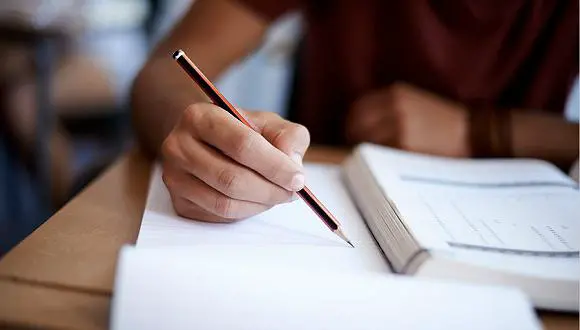The Right To Be Heard project has asked Indigenous communities for their reflections on this weekend’s 50th anniversary of the referendum that formally recognised their existence. Portraits by Tobias Titz. Please note this gallery may contain images of deceased people.
Sylvia Clarke: each person photographed was asked to articulate their thoughts or experiences regarding the Australian referendum of 27 May 1967.
Frank Martin: the 1967 referendum formally allowed Indigenous people to be included in the national census, and gave the federal parliament the power to make laws in relation to them. More than 90% of non-Indigenous Australians voted in favour of the amendments.
Tracey Monaghan: Melbourne-based photographer Tobias Titz collaborated with Goldfields Aboriginal Language Centre and Wangka Maya Pilbara Aboriginal Language Centre on the project.
Leslie Schultz: Titz used a large-format camera with 665 polaroid film that enabled his subjects to write their reflections on a negative of the background and ‘own their story’.
Edie Ulrich: Edie wrote her comment in Tjupan language; this is the translation: ‘As a 10-year-old child in the mission, I remember my people as proud, strong, happy, healthy people; walking, talking, hunting and enjoying life and protecting their families. I went away for further schooling. Coming back, I saw my people again after the 1967 referendum. I remember thinking they seemed like broken people.’
Peter Thomas: the Right To Be Heard exhibition will be held in Perth, Western Australia, on 8 July 2017, in the Murray Street office which was for many years the location of the state’s ‘chief protector’ of Indigenous communities, AO Neville.
Luxie Hogarth Redmon:Neville administered policies set out in the 1905 Aborigines Act that underpinned the removal of thousands of Aboriginal children from their families.
Ian Tucker: holding the exhibition in Neville’s former office is an attempt to reclaim one of the most notorious symbols of the oppression of Indigenous people.
Joan Tucker: ind out more about Tobias Titz’s work here. Read more of the Guardian’s new Inequality Project here. To get in touch, email [email protected]
(THE GUARDIAN)
 简体中文
简体中文

